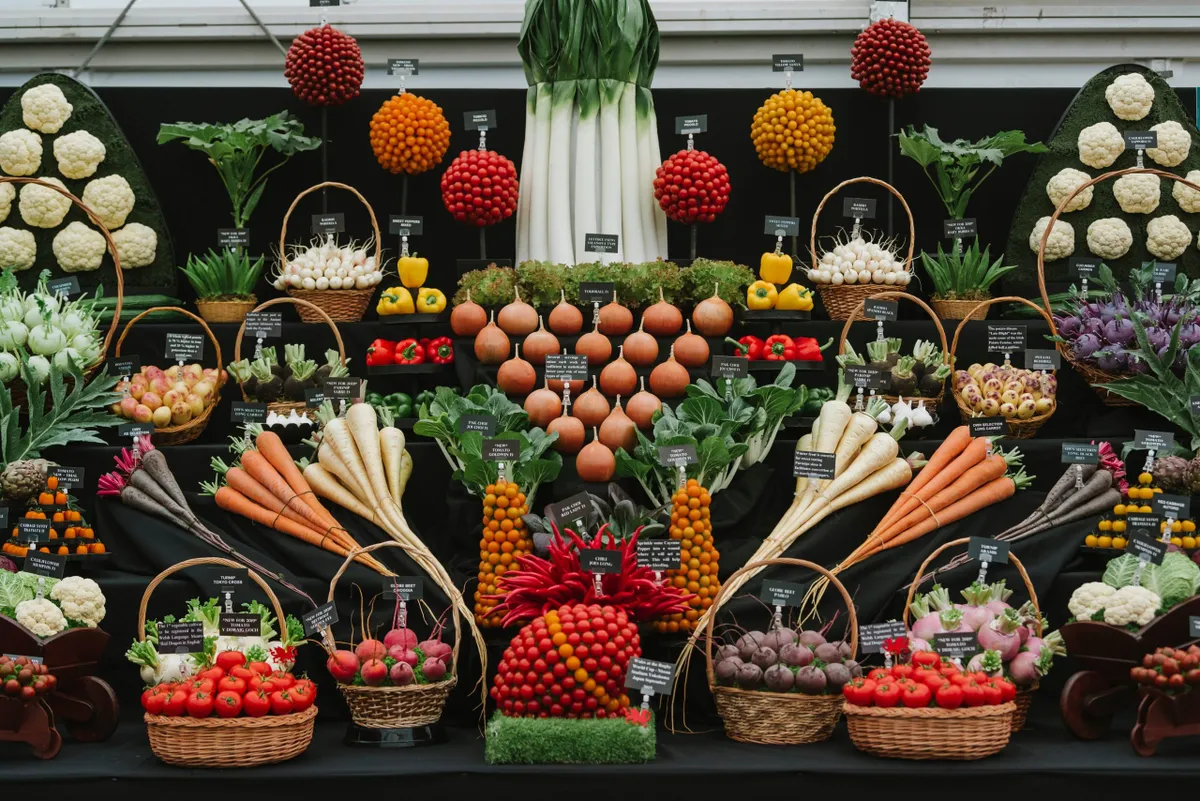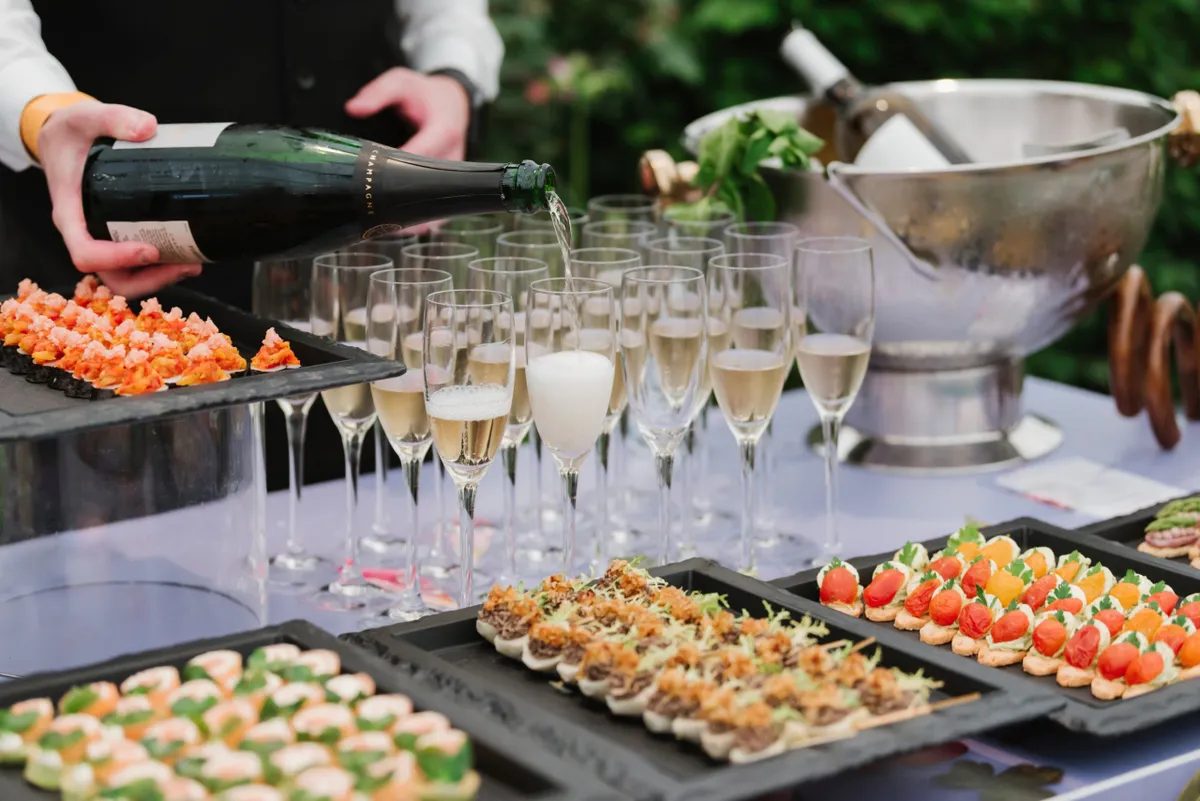In 2025, the RHS Chelsea Flower Show expects to welcome up to 145,000 people through its gates, bringing inspiration, advice and a great day out to both RHS members and the general public alike – everyone keen to experience the latest and very best in horticulture.
Here are some key Chelsea Flower Show numbers that might surprise you
RHS Chelsea has been held in the grounds of the Royal Hospital for 112 years - since 1913 - with the BBC covering it on television since 1959.
The site itself covers a huge 20 acres, across which 400 horticultural exhibits will appear, from show gardens to floristry, scientific zones and tradestands.
The cycle of planning for the Show lasts 15 months. It takes 25 days to build the show from bare grass to the finished article and then just 11 days to break down the whole show.
It takes approximately 8,000 people to put flower show together, including roughly:
- 130 RHS staff
- 49 garden designers
- 1,200 contractors
- A catering crew of about 3,000
- 438 safety, security and maintenance professionals
- 2,800 plants people and trade stand personnel
- Over 250 passionate RHS volunteers
It takes 24 judges across 3 panels 20 hours to judge all the show gardens.
You may also like
- Ten essentials for visiting Chelsea Flower Show
- The history of the RHS Chelsea Flower Show
- 12 furniture ideas from Chelsea Flower Show
- The best Chelsea Flower Show gardens
- Top garden design tips from a Best in Show winner at Chelsea
The Great Pavilion
The huge marquee is the centre piece of the show and home to 90 exhibits.
It takes about 2,000 hours and around 50 staff members to erect the Great Pavilion structure, hardly surprising given that the whole structure is just under 12,000m2, that's almost 3 acres and the average size of 3,230 British gardens.
The biggest exhibit in the pavilion is David Austin Roses, which covers 256m².
Tens of thousands of plants make up the nursery exhibits in the Great Pavilion with some larger stands having as many as 8,000. This year, 30 brand-new plants will be launched at the show, and 18 of them are shortlisted for the RHS Chelsea Plant of the Year award.
Also new this year is the Orchid Zone, showcasing four displays by expert growers from across the world, and highlighting the history of the orchid, innovative breeding techniques and global conservation.

Blackmore & Langdon, who specialise in begonias and delphiniums are the only nursery in the Great Pavilion who have exhibited at all the RHS Chelsea Flower Shows, and the business has won over 80 RHS Gold medals.
You may also like:
- Tickets, information and what to expect at Chelsea
- Discover all our up-to-the-minute Chelsea news
- Chelsea Flower Show Gardens 2025: discover the full list
- How to design a garden at Chelsea
- Sign up to our Chelsea newsletter
Meanwhile, Hilliers nursery holds the record for the most consecutive Gold Medals won at the show – a gold every year since Chelsea resumed after WWII.
It takes 30 judges, 6 skilled panel secretaries and 3 moderators 8 hours to judge all the exhibits in the Great Pavilion.
The gardens
This year, there are 31 gardens in the show: 6 show gardens, 10 small show gardens, 4 All About Plants gardens and 10 Balcony and Container gardens, plus an RHS Feature Garden.
Each individual garden contains hundreds of plants; the largest show gardens use around 4,300 plants each.
Cheers to Chelsea
The show is also a key social event with the great and the good of the horticultural world getting together to celebrate their world and its achievements.
Visitors like to mark the occasion too, helping to consume 41,218 glasses of Pimm's, 29,102 glasses of Pommery Brut Champagne and almost 85,000 teas and coffees.

The show must go on
BBC television coverage of the RHS Chelsea Flower Show began in 1958. More recently, approximately 14 hours of footage of the show is broadcast on BBC1 and BBC2 throughout show week with average audience figures for BBC1 primetime programmes alone reaching over 2 million viewers.
